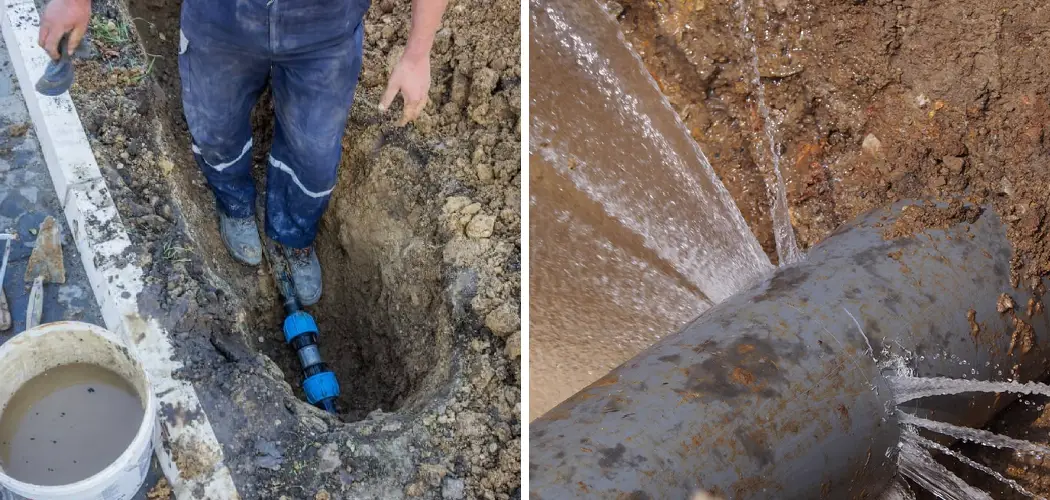Are you having trouble tracking down that leak coming from your underground sewer pipe? It can be a daunting task to figure out where the issue is and how it should be fixed. Knowing where to look, what tools you need—and when professional help is needed—are all questions that can quickly become overwhelming.
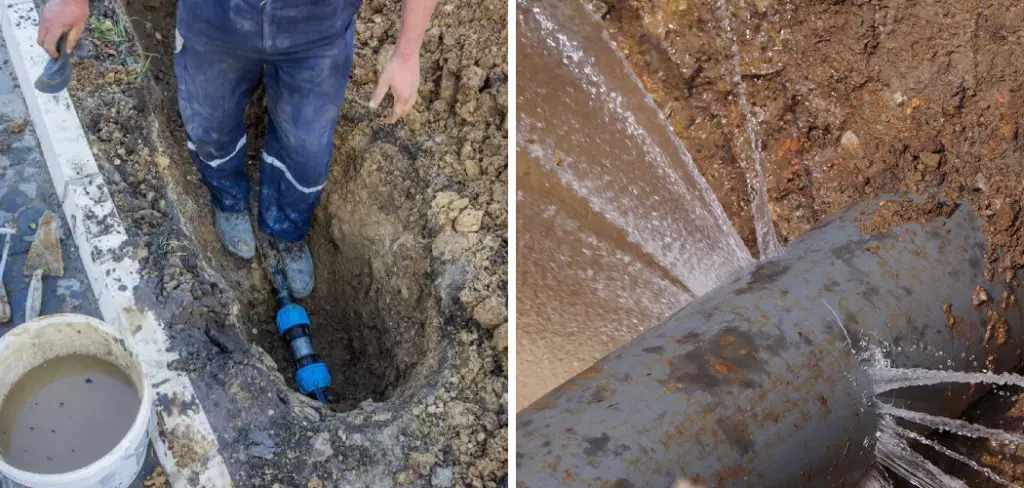
But don’t worry! Giving yourself the knowledge of how to find and fix a sewer leak will help alleviate some of your stress in the long run. In this blog post on how to find a sewer leak underground, we’ll dive into the steps necessary for locating an underground leak, tips on getting set up for success, and clues that indicate something major may need repairs further down the line. Let’s get started!
Needed Tools and Materials
Given below are some of the essential tools and materials you’ll need to properly identify and repair your leak:
Flashlight or Drop Light
This will help you see in dark, confined spaces.
Camera with Zoom Lens
A camera can help document any damage to the pipe or surrounding area.
Plumbers Snake
A plumber’s snake is used to remove clogs from pipes.
Measuring Tape
This will help you measure the circumference of your pipes and locate where breaks are.
Waterproof Glue
This is for patching holes or cracks in the pipe.
Plumbers Putty
The plumber’s putty is used to seal leaks around joints and fittings.
Pipe Cutter
This is used to cut through pipes when replacing sections.
11 Step-by-step Guidelines on How to Find a Sewer Leak Underground
Step 1: Put on Your Safety Gear
This includes gloves, a respirator, and eye protection. It’s always important to wear protection when dealing with any type of plumbing repair. However, the type of safety gear you need may vary depending on the task. You may also need to wear a hard hat, steel-toed boots and hearing protection. It’s always better to be safe than sorry.

Step 2: Locate the Area of Leaking
Usually, a sewer leak will appear as damp spots on your lawn or near any drain fields. You can also check for signs of sewer gas like a smell of rotten eggs or a gurgling sound coming from the pipes when you flush your toilet. You may also want to check your water meter for any increases in usage. It could be a sign of an underground leak.
Step 3: Uncover the Pipes
You’ll need to excavate in order to locate and repair the pipes. Make sure you have all the necessary permits required for this type of work before beginning. Otherwise, you may be responsible for any damages that occur.
It’s always best to contact a professional if you don’t have experience in this type of work. This way, you know the job is done right and safely. It will also save you time and energy in the long run.
Step 4: Inspect for Visible Signs of Damage
Look for any cracks, holes, or breaks in the pipe. You may need to use a flashlight and camera with a zoom lens in order to really get a good look at the pipes. You may also want to use a measuring tape to see if the pipes are still in alignment. If not, then you may have a bigger issue that requires professional help.
Step 5: Feel for Leaks
Use your hands to feel around the pipe’s circumference for wet spots. If you find any, that could be an indication of a leak. But if you’re unsure, it’s always best to hire a professional plumber for an inspection. It’s better to be safe than sorry. This way, you won’t have to worry about any unexpected surprises down the line. It will also save you time and money in the long run.
Step 6: Check for Clogs
If you find any clogs in the pipes, use a plumber’s snake to remove them. This will give you a better look at what’s really going on inside and if there are any cracks or holes that need to be patched up. You should also check for any tree roots that may have grown into the pipes, which can cause major leaks.
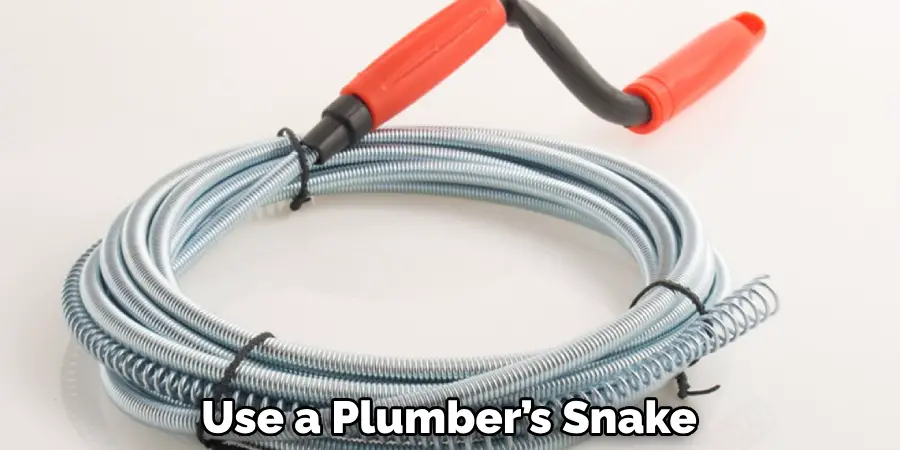
Step 7: Measure the Pipe Circumference
Use a measuring tape to check the circumference of the pipe. If there are any dips or bulges in the line, that could be an indication of a break or crack in the pipe. It’s important to check this, as it may indicate a bigger issue that requires professional help. You may also want to take photos or video of the pipe so you can refer to it later if needed.
Step 8: Inspect from Above
If you have access to piping located above ground, check it for signs of leakage as well. This can help you determine if there’s a problem with the pipe underneath. It’s important to check all angles in order to get the full picture of what’s going on. This will help you better understand how to approach the repairs and if any additional materials are needed.
Step 9: Make Any Necessary Repairs
If you find any holes or cracks in your pipes, use waterproof glue and plumber’s putty to patch them up. If the leaks are too extensive, it may be necessary to replace some sections of the pipe. This can be done using a pipe cutter or saw. It’s important to follow manufacturer instructions when making any repairs, as improper installation could lead to further damage down the line.
Step 10: Re-install the Pipe
Once you’ve made all repairs, it’s time to re-install the pipe. Make sure everything is securely fastened before testing your work. It’s also important to check for any leaks or weak spots in the line. This can be done by doing a pressure test on the system and looking for any drop in pressure.
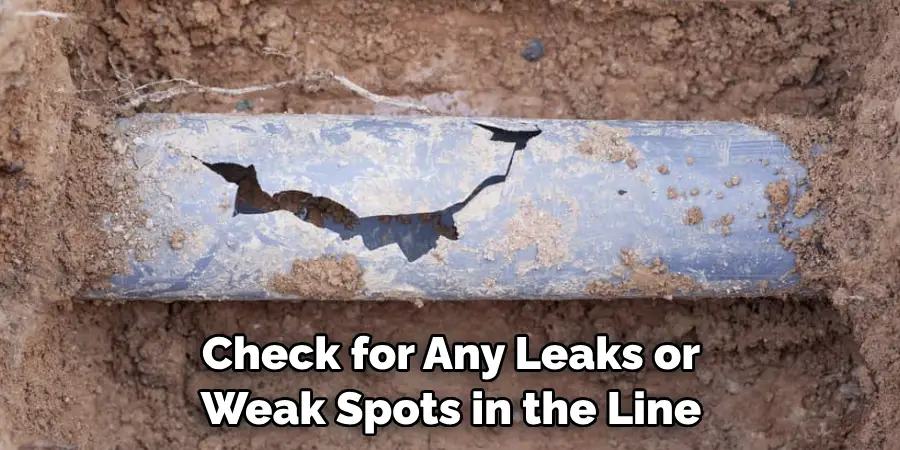
Step 11: Test the Pipe
Turn on the water and check for any signs of leakage or seepage from joints. If everything looks good, give yourself a pat on the back for a job well done! Always remember to clean up any mess you may have made during the repair process and properly dispose of all materials.
Following these steps on how to find a sewer leak underground will help ensure that you can identify and resolve any underground sewer leaks quickly. With the right knowledge and tools, you’ll be ready to take on leak detection like a pro!
Additional Tips
Here are a few additional tips to keep in mind when dealing with underground sewer leaks:
Tip 1: Hire an Expert
If the task at hand is too complicated or you’re having trouble pinpointing the exact location of the leak, consider hiring a professional plumber. They can help you accurately locate and resolve any issues quickly and safely.
Tip 2: Regularly Inspect Your Sewer Pipes
Regular inspections can help you catch any potential problems before they become too severe. This can save you time, money, and headaches in the long run.
Tip 3: Be Aware of Local Regulations
Depending on where you live, there may be certain regulations or laws that need to be followed when dealing with underground sewer pipes. Make sure you’re aware of any relevant restrictions before beginning work.
Do You Need to Use Professionals?
In some cases, a professional may be necessary due to the complexity of the job. At the end of the day, knowing how to find and fix a sewer leak underground will save you a lot of time and money in the long run. Make sure to follow all safety protocols, use the right tools, and hire a professional if needed. Good luck!
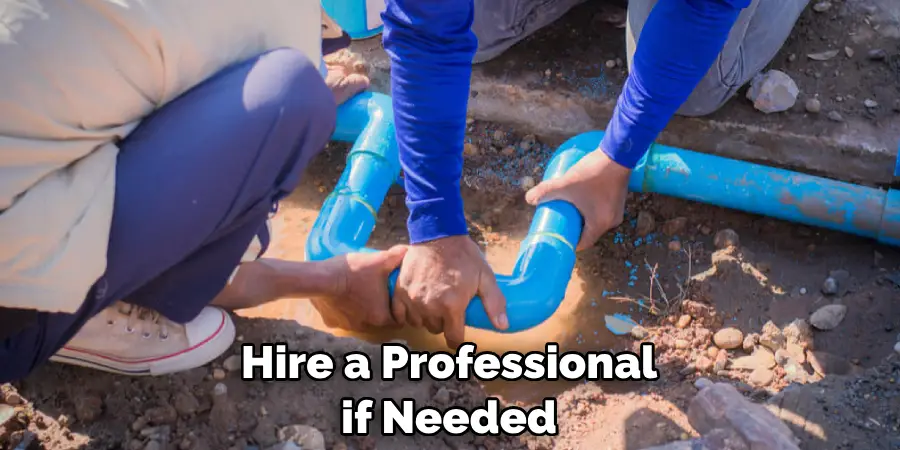
How Much Will It Cost?
The cost of finding and fixing a sewer leak underground can vary depending on the severity of the leak, the complexity of repair work, and whether or not you hire an expert. Generally speaking, it’s best to budget for at least a few hundred dollars in order to cover any potential costs. If the repair is extensive, that cost can go up to several thousand dollars.
Frequently Asked Questions
Q1: How Do I Know if My Sewer Line Has a Leak?
A1: Look for wet spots in the yard, noticeable signs of water accumulation, sinks in the ground, or patches of greenery that grow faster than other areas. You can also use sewer cameras, smoke testing, dye testing, and water meters to help identify leaks.
Additionally, check your plumbing fixtures and monitor your water bills for any sudden spikes, as these can indicate a water leak. If you notice a musty odor, that could be another sign of an underground leak.
Q2: How Can I Prevent Future Leaks?
A2: The best way to prevent future leaks is by performing regular maintenance on your plumbing system. Hire a professional plumber to inspect your plumbing system at least once a year and make sure any fixtures and fittings are regularly checked for corrosion or failing seals. Additionally, turn off the main shut-off valve if you suspect a water leak, as this will help to prevent further damage.
Q3: What Tools Do I Need To Find A Sewer Leak?
A3: The best tools to use for finding a sewer leak are sewer cameras, smoke testing, dye testing, and water meters. Additionally, having the right safety gear is essential when dealing with any type of plumbing repair.
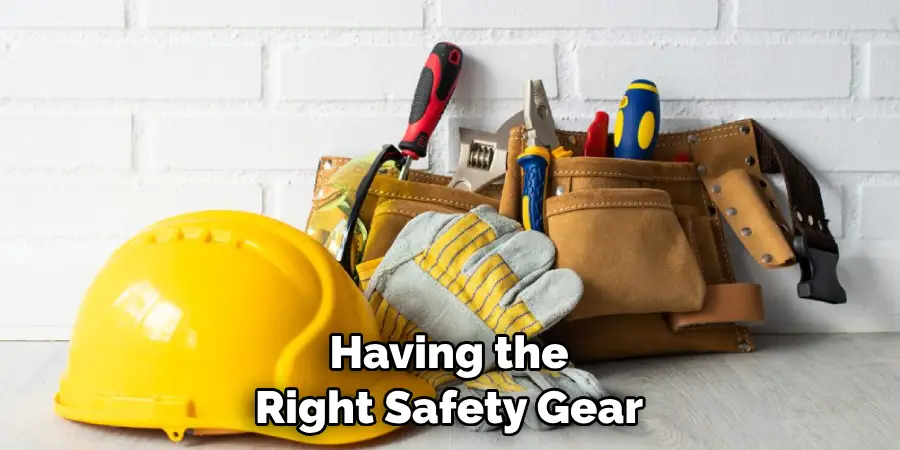
Conclusion
Finding a sewer leak underground can be difficult and intimidating for those unfamiliar with the process. It’s critical to remember that it is important to not try and locate or repair leaks yourself, as this could create additional damage or even major safety hazards if done improperly.
Instead, take note of any issues that arise so you can inform a professional local plumber who has the necessary skills and experience to complete the repairs safely and correctly.
Be sure to research any potential plumbers carefully before hiring them in order to ensure best-practice service and trusted results. Taking these small preventive steps can help to avoid costly repairs, in the end, saving time and money down the line. Why wait?
Start your search today for an experienced plumber who will protect your existing plumbing system while providing long-term savings for you on costly projects like sewer leak repairs. Thanks for reading this article on how to find a sewer leak underground.

